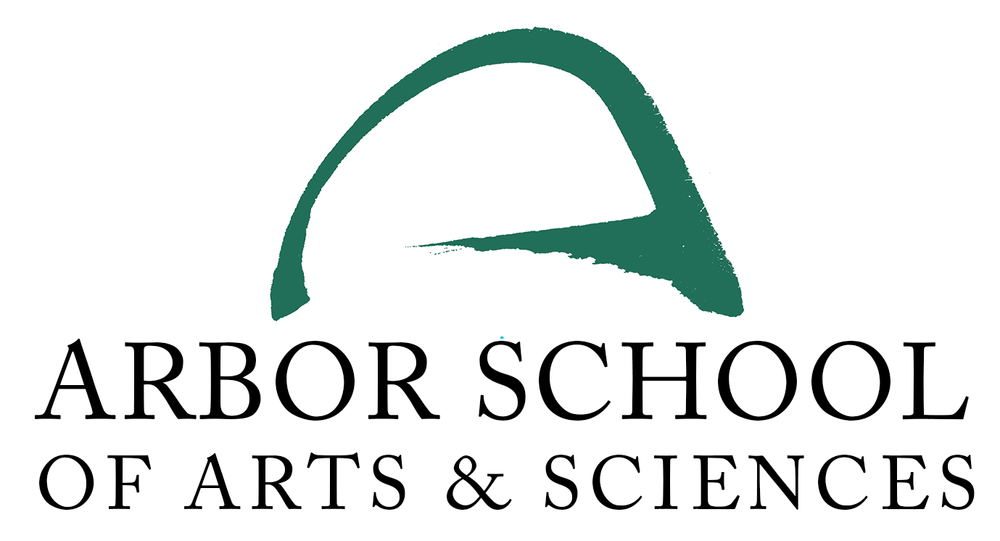On the Friday before Veterans Day, Arbor faculty and staff gathered for our annual Faculty Retreat. As part of a year-long focus on cognitive neuroscience, we chose to begin by discussing a chapter from Daniel Willingham’s book Why Don’t Students Like School? entitled "Why Students Remember Everything That’s on Television and Forget Everything I Say." In this chapter Willingham explains that moving factual or procedural knowledge from short-term memory into long-term memory requires more than simply paying attention, and more than having an emotional response to the lesson or the material. Repetition can be helpful when properly structured, using mnemonics for example, but even then, repetition without activating thinking only goes so far. In the end it comes down to what seems to be an obvious conclusion, that what you think about is what you remember -- “Memory is the residue of thought.”
For teachers, this conclusion is only the beginning of the discussion. First of all, it is not just any lesson-related thinking that we are after but thinking about the meaning that is at the center of what we hope will be lasting for the students. On Friday, we spent time exploring approaches to making thinking about meaning unavoidable. We discussed the utility of making the material “relevant” to the children, the positives and negatives of “attention grabbers,” and the ways in which organizing a lesson string as a narrative can be powerful; making the central meaning the answer to an engaging question is an effective means of focusing student thinking. With our curricula in mind, we tried to put ourselves in the seats of our students and anticipate what they would be paying attention to and what would move into their long-term memories as a result.
After spending the morning sitting and talking, we were ready to move, and move we did, continuing our thinking about thinking in a new context. Instead of taking the perspective of our students, we became students ourselves in order to experience the cognitive processes that we had been talking about. What could we learn about our own attention and thinking that would help us plan for our students?
Following Laura’s simple direction, “Please enter the Arena quietly,” we trickled in and found the space transformed. Entering in ones and twos to the gentle sound of Cuban guitar, we found a large circle of felt squares, each with a few cups of rice neatly piled in the middle. With no direction given, each member of the faculty took her cue from those already settled, sat at one of the mats and began making designs with the rice. After a few minutes of this contemplative and open-ended activity, and a quiet walk around the circle to gain inspiration from one another, we paused to consider ourselves as learners. We acknowledged worrying, “Am I doing this right?” and “Is it okay if I look to see what my neighbor is doing?”
Laura then paired us up and gave the direction that one person shape the rice while the other moves to represent that shaping. The roles were then reversed, with the rice-shaper following the movement of his partner. “Are other people watching my movements?” “I don’t know how to dance.” “If I just focus on my partner, it’s not so embarrassing.”
Next, groups created choreography for one of the gorgeous leaf pictures that the Intermediates have made (the leaf choice a secret -- could we guess which one from the movement?) and then expanded the possibilities by using props, music and words to interpret yet another leaf. “Whose idea should we follow?” “I’m feeling self-conscious about doing this in front of my friends.” “Everyone seems to be better at this than me.” “What was the direction?”




